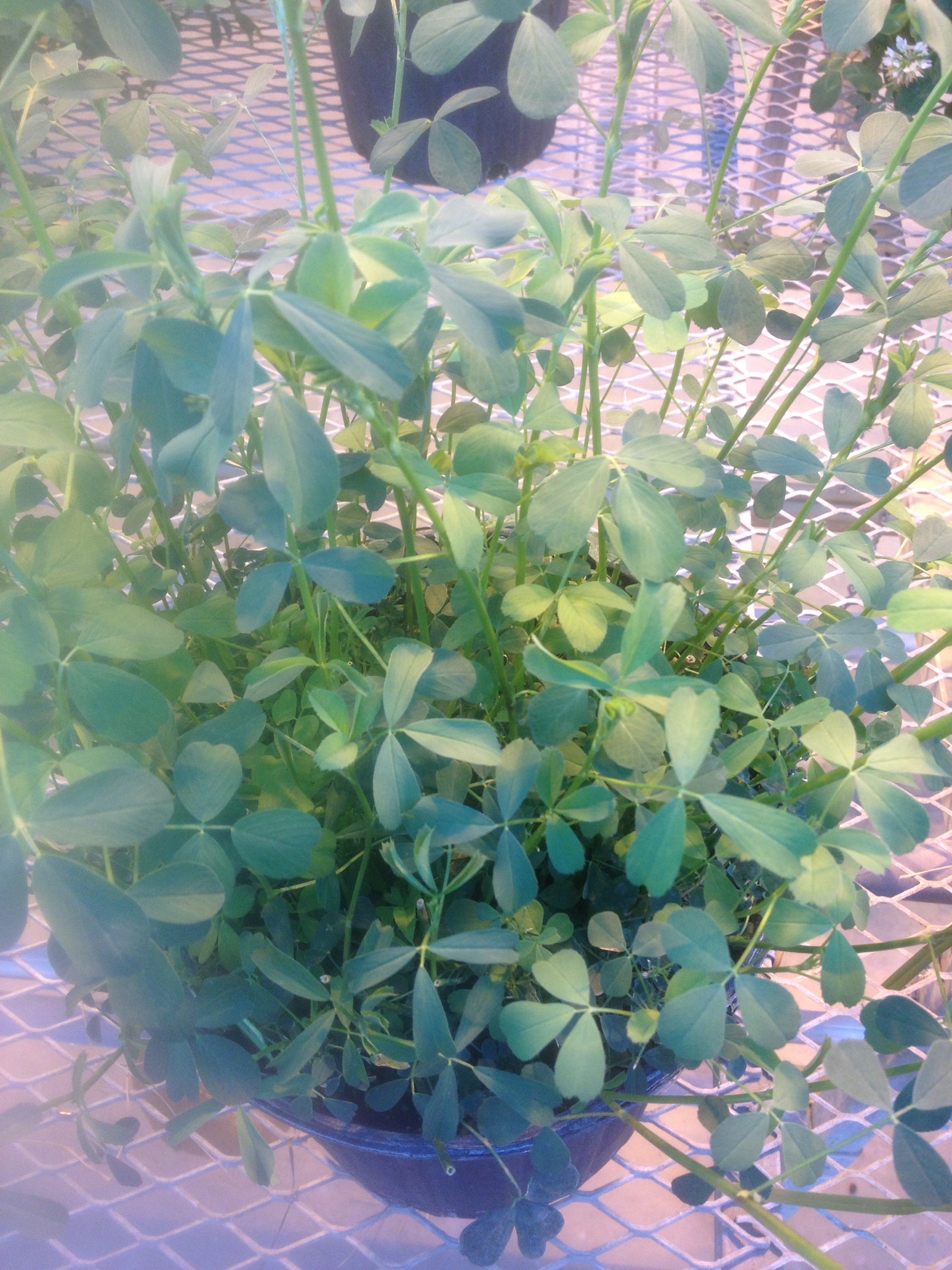Spring Black Stem on:
[Wikipedia]
[Google]
[Amazon]
Spring Black Stem is a common fungal, foliar disease caused by '' Ascochyta medicaginicola'' (syn. ''Phoma medicaginis''). Spring Black Stem is most commonly found in
 The fungal pathogen ''Phoma medicaginis'' attacks the host alfalfa. Numerous spots develop on the lower leaves, petioles, and stems. The disease produces small black spots on the leaves which eventually turn the leaf yellow, resulting in
The fungal pathogen ''Phoma medicaginis'' attacks the host alfalfa. Numerous spots develop on the lower leaves, petioles, and stems. The disease produces small black spots on the leaves which eventually turn the leaf yellow, resulting in
alfalfa
Alfalfa () (''Medicago sativa''), also called lucerne, is a perennial flowering plant in the legume family Fabaceae. It is cultivated as an important forage crop in many countries around the world. It is used for grazing, hay, and silage, as w ...
, but also attacks certain clover
Clover or trefoil are common names for plants of the genus ''Trifolium'' (from Latin ''tres'' 'three' + ''folium'' 'leaf'), consisting of about 300 species of flowering plants in the legume or pea family Fabaceae originating in Europe. The genus ...
s. The fungus
A fungus ( : fungi or funguses) is any member of the group of eukaryotic organisms that includes microorganisms such as yeasts and molds, as well as the more familiar mushrooms. These organisms are classified as a kingdom, separately from th ...
survives in stubble from previous cuttings and spreads easily by rain splash, running water, and equipment. The disease is present in numerous alfalfa fields throughout the Northeast United States
The Northeastern United States, also referred to as the Northeast, the East Coast, or the American Northeast, is a geographic list of regions of the United States, region of the United States. It is located on the Atlantic Ocean, Atlantic coast ...
.
Host and symptoms
 The fungal pathogen ''Phoma medicaginis'' attacks the host alfalfa. Numerous spots develop on the lower leaves, petioles, and stems. The disease produces small black spots on the leaves which eventually turn the leaf yellow, resulting in
The fungal pathogen ''Phoma medicaginis'' attacks the host alfalfa. Numerous spots develop on the lower leaves, petioles, and stems. The disease produces small black spots on the leaves which eventually turn the leaf yellow, resulting in chlorosis
In botany, chlorosis is a condition in which leaves produce insufficient chlorophyll. As chlorophyll is responsible for the green color of leaves, chlorotic leaves are pale, yellow, or yellow-white. The affected plant has little or no ability to ...
and eventually cell death. Spots are usually worse on older leaves. Stem lesions are dark brown to black and may cut the stem all the way around its surface. Lesions on stems enlarge and may blacken large areas near the base of the plant. Affected stems are brittle and easily broken. When at its worst, entire stems can be blackened and killed. This can cause spread of the disease to the crowns and roots, also turning them black. When the fungus extends into the crown and root, it can cause crown and root rot
Root rot is a condition in which anoxic conditions in the soil or potting media around the roots of a plant cause them to rot. This occurs due to excessive standing water around the roots. It is found in both indoor and outdoor plants, although ...
.
Disease cycle
''Phoma medicaginis'' overwinters asmycelium
Mycelium (plural mycelia) is a root-like structure of a fungus consisting of a mass of branching, thread-like hyphae. Fungal colonies composed of mycelium are found in and on soil and many other substrate (biology), substrates. A typical single ...
in old stems and fallen leaves, where small pimple-like structures form, called pycnidia
A pycnidium (plural pycnidia) is an asexual fruiting body produced by mitosporic fungi, for instance in the order Sphaeropsidales ( Deuteromycota, Coelomycetes) or order Pleosporales (Ascomycota, Dothideomycetes). It is often spherical or inve ...
, the asexual fruiting body. In spring, many pycnidiospore
{{Short pages monitor